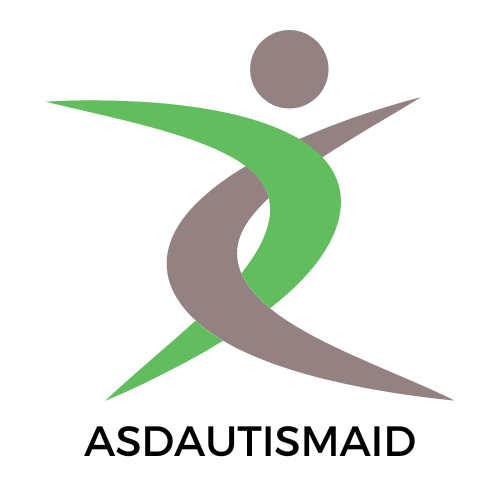Google has added new convenience features to make it easier for people with disabilities to connect with local businesses. Google has added accessible convenience attributes, AI-powered alternate text for photos, and an availability resource hub for business owners in collaboration with disability advocacy groups. These initiatives aim to cater to the varied needs of the 42 million Americans with disability, making it easier for users to find companies that meet their specific mobility, hearing, and perspective accessibility requirements.
The new availability characteristics include accessibility-related features like wheelchair-accessible parking, ADA-compliant restrooms, and the lack of steps or stairs for flexibility. Businesses can now provide closed captioning on TVs and indicate whether they have American Sign Language ( ASL ) staff members. The convenience of Braille selections and QR code menus, which let visually impaired users access data on their devices, are among the features of vision convenience. These attributes can be searched using phrases like” Wheelchair accessible”,” ASL proficient”, and” Braille menus”, and are listed under a new” Accessibility” section on business pages.
To further increase the user experience for people with physical impairments, Yelp has implemented AI- driven alternative text descriptions for photos, expanded color contrast, and better screen reader functionality. Users who rely on camera readers can get detailed descriptions of photos, such as list items and signature cocktails, making informed decisions about nearby businesses. These AI-powered information are now available on desktops and will be expanded to include all operating systems and categories.
Google has also set up an Accessibility Resource Hub to assist owners of businesses in adopting diverse methods. This gateway offers advice on how to make more available spaces and provides information from leaders in disability inclusion. Through continued investments in mobility initiatives and policies, Google continues to be committed to creating an equitable environment, both for its workers and the broader community.
Origin: Google
Functional Strategies for Small Businesses to Increase Mobility Without Breaking the Bank
Big companies like Google may have the resources to revamp their site and add these incredible features. However, smaller businesses can increase their mobility without spending a lot of money by following a number of proven methods:
Leverage Free or Low- Price Tools
- Use free tools like ChatGPT, Copilot, Google Gemini, or Claude to create and add comprehensive, suitable alt text to images on websites so that users with visual impairments can read the text.
- Website Accessibility Checkers: Apply free online tools like Signal or Google’s Tower to evaluate and enhance website accessibility. These tools may detect areas that need changes, such as color contrast and console transportation.
Coach Workers on Convenience
- Give workers basic instruction on how to help customers who are disabled. This might involve taking simple steps like learning the sign language expressions or understanding how to present assistance politely.
- Education resources can frequently be found online or through local society organizations dedicated to disability participation for free.
Implement Simple Physical Modifications
- If permanent options are insufficient, add stairs or portable ramps to make sure entrances are available.
- Create broad aisles and apparent pathways with furniture to make it easier for people using mobility aids or wheelchairs to navigate the spaces.
Available Communication
- Use obvious, plain speech in written contacts, both online and offline. This aids people who are not native speakers or have mental disabilities.
- Provide numerous contact options, such as email, phone, and words, to cater to different communication choices.
Inclusive Digital Practices
- Give information in a variety of types, such as transcripts for audio and video captions. Instruments like YouTube’s automated subtitles can be a starting place.
- Implement simple QR codes to access online menus or product information, making it simpler for customers with physical impairments to utilize their devices to read articles.
Partner with neighborhood businesses for people with disabilities to find ideas on how to make the company more visible. These companies frequently offer free or useful insight.
Participate in local programs or initiatives that promote convenience and equality, which can also increase the corporation’s status within the community.
Grant Opportunities
Look for grants and funding opportunities that specifically aim to improve accessibility. Governments and non-profits frequently provide financial assistance to businesses looking to improve accessibility.
Smaller businesses can create more inclusive environments without incurring significant financial costs by implementing these tactics. Prioritizing accessibility expands the customer base as well as creates a sense of belonging among all people.
ChatGPT, a potential tool for increased accessibility, was used as a research and writing aid for this blog post. Consider this to be a suitable use for chatGPT, in your opinion? Why or why not? Let me know!

